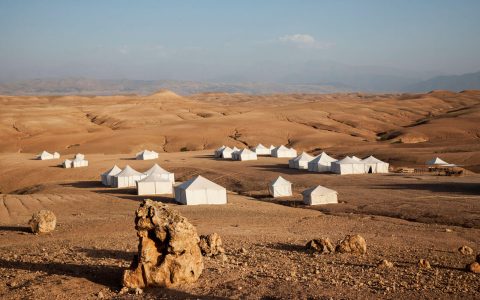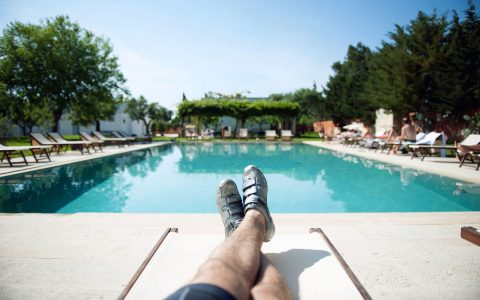After the Eruption:
Why There's Never Been a Better Time to See Hawaii

It was all quite exciting (if not a little scary) when Kilauea blew its top in May 2018. It was the volcano’s largest and most dramatic episode since the 1800s.
Ancient legend has it that Pele, the Hawaiian Goddess of Fire, lives in the crater of Kilauea. When enraged, she unleashes her rivers of lava and giant columns of steam and ash.
We aren’t exactly sure what made Pele so angry this time around, but she sure was in a state!
Mighty Kilauea: Hawaii’s Most Active Volcano
Five volcanoes make up Hawaii, with Kilauea being the younger of two active volcanoes on the Big Island. Kilauea is not only the most active volcano in Hawaii—it’s the most active in the world.
 With the 2018 eruption to its back, things have settled down in Hawaii. We don’t know when Kilauea will stir again. However, since the blow, it’s being monitored more than ever, and we’ll be sure to have lots of notice before it next awakes.
With the 2018 eruption to its back, things have settled down in Hawaii. We don’t know when Kilauea will stir again. However, since the blow, it’s being monitored more than ever, and we’ll be sure to have lots of notice before it next awakes.
If the thought of a volcano erupting during your vacation makes your hair stand on end, I’m here to reassure you that Pele’s temper tantrum is no reason to steer clear of Hawaii this year. Rather, there’s never been a more exciting time to visit! Let’s take a look at what happened, the country’s current state and what’s next for the Big Island.
Mind-Blowing Adventure
Make your way to the Big Island for a journey beyond compare. Our Hawaii Active Expedition takes you from lush valleys to sky-high waterfalls and the rich red glow of flowing lava. Get a taste of what locals deem the ‘real’ Hawaii.
DETAILED ITINERARYWhat Caused Kilauea to Erupt
The lava lake in the crater of Kilauea was the culprit. As it began to deflate, it pushed gushing lava from the fissures and faults, which run along the Eastern Slope Rift Zone and towards the ocean.
and faults, which run along the Eastern Slope Rift Zone and towards the ocean.
Normally, lava oozes out of these faults and onto the land where it creeps along the surface. But in the 2018 eruption, the lava gushed out of these faults at a rate of 50 meters (150 ft.) a day and formed an additional 35.5 square km (13.7 sq. miles) of land—a pretty astonishing gain in a short period.
The Impact on the Community
Unlike the former days of Goddess Pele’s reign, there are now communities, houses, businesses and geothermal energy plants along the faults. By the time Pele forced her rivers of fire on to the surface, over 700 houses and buildings were burned to the ground. The molten lava levelled everything in its path.
The other danger was the noxious gas created from the eruption. This phenomenon, known as “laze” (lava + haze), is the result of seawater that chemically reacts with the lava’s heat. Air quality at the height of the blow was poor on the eastern side of Hawaii (the Hilo side).
 We can’t undermine that the eruption was tragic for the residents of Pahoa, many of whom lost their homes and possessions.
We can’t undermine that the eruption was tragic for the residents of Pahoa, many of whom lost their homes and possessions.
On the other hand, it was an exciting time for seismologists, volcano chasers and tourists on the Kona side of the island—a mountain range miles from the lava and the “laze”, where there was the possibility to safely view the eruption and lava flow from boats and helicopters.
I had some B&R travellers in Hawaii during this exciting time. I set them up with an astonishing helicopter ride over the flow area for the most incredible scene they had ever witnessed!
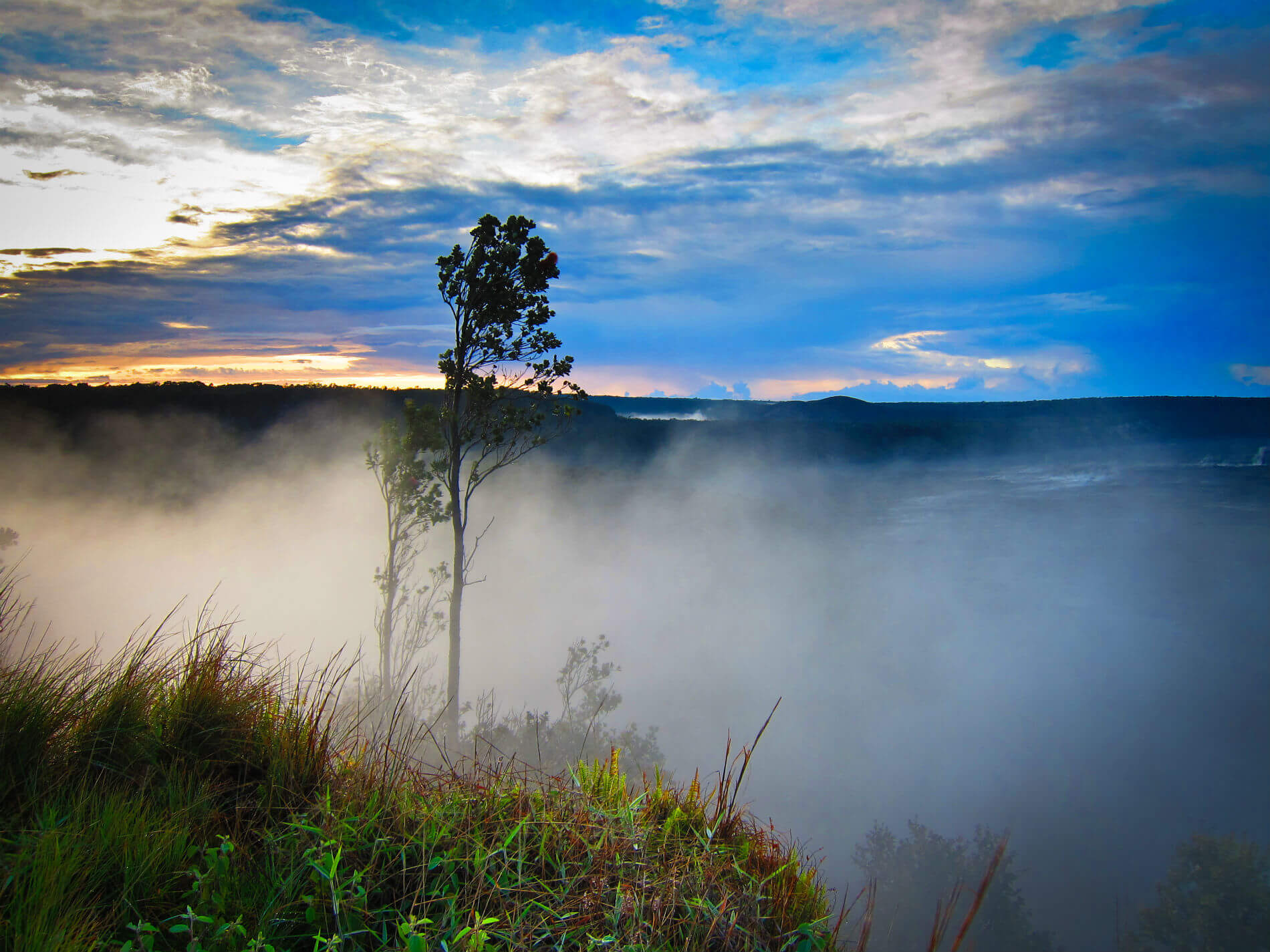
Hawaii’s Efforts to Get Travellers Back
 Tourism took a hit during these past months, so airlines and hotels are offering exceptional pricing to win you back! I‘ve seen flight deals from mainland United States to Hilo and Kona, and some resorts are offering competitive rates (outside of spring break and Christmas).
Tourism took a hit during these past months, so airlines and hotels are offering exceptional pricing to win you back! I‘ve seen flight deals from mainland United States to Hilo and Kona, and some resorts are offering competitive rates (outside of spring break and Christmas).
There was never any danger to the Kona (west) side of Hawaii. Yet, widely broadcasted disaster videos and talk of poor air quality managed to do reputation damage. In reality, the active volcanic area was only 34 square kilometres (13 square miles) of the entire 10,432 square kilometres (4,028 square miles) that make up the Big Island.
 Most affected was the Volcano National Park, located next to the Kilauea crater, because of the almost 825 million cubic ft. (think 300,000 Olympic-sized swimming pools!) of earth that collapsed off the summit and crater walls and into the newly formed abyss.
Most affected was the Volcano National Park, located next to the Kilauea crater, because of the almost 825 million cubic ft. (think 300,000 Olympic-sized swimming pools!) of earth that collapsed off the summit and crater walls and into the newly formed abyss.
The Jagger Museum, which sits perilously close to the new edge, has had to shut its doors indefinitely. Some roadways and parking lots have vanished as well. Only parts of the Volcano National Park are open until all safety checks are complete.
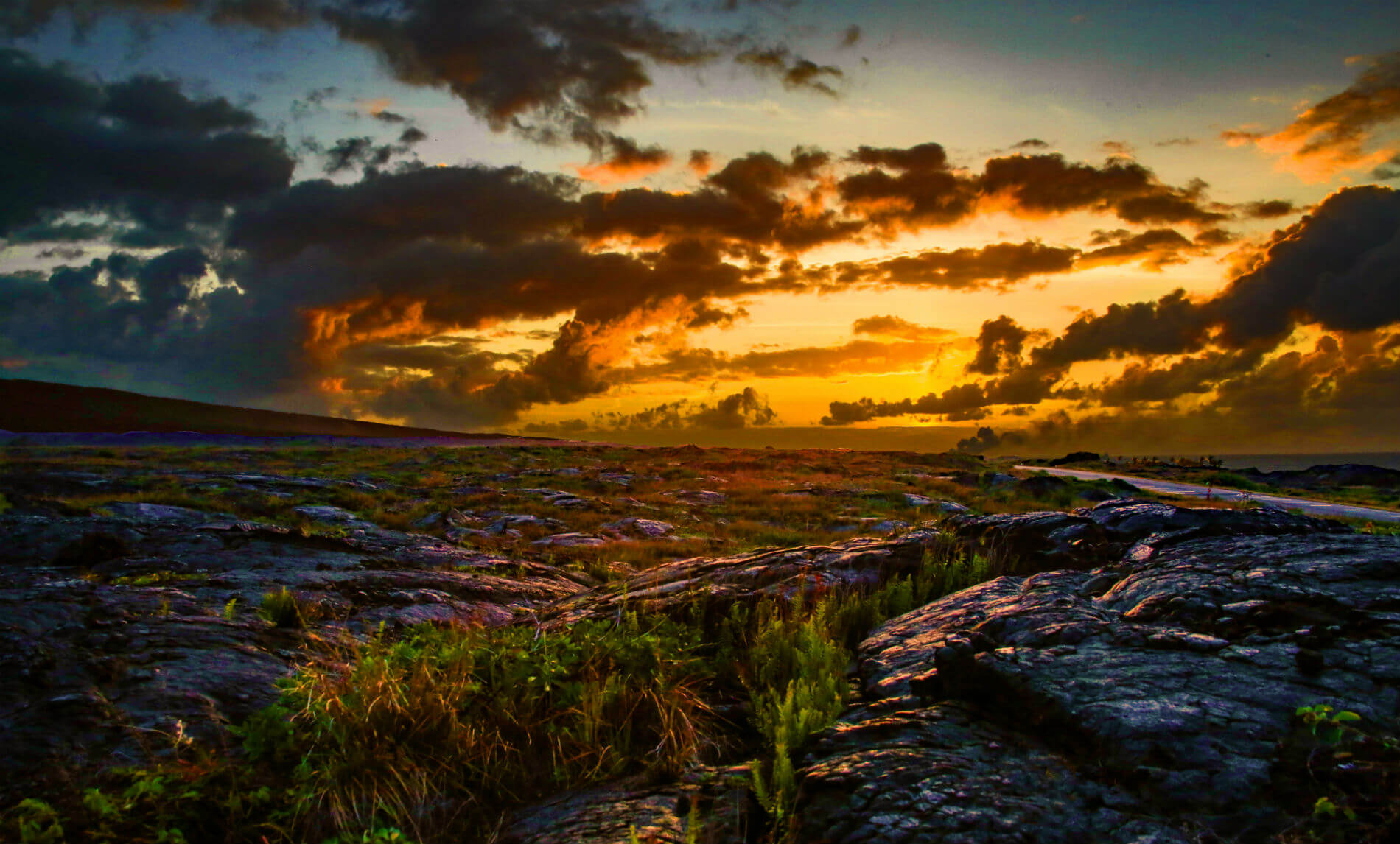
Why Now is the Best Time to Visit Hawaii
Now is an exciting time to witness the history and developments being made in earth science on the Big Island! It is not often that we get to see land grow and change in such a dramatic way.
Even though lava isn’t currently flowing and Pele sleeps, it is an incredible opportunity to get in a helicopter or on a boat and see for yourself the march of geological time.
All of Hawaii’s other wonders also remain. Some of the best snorkelling in the Islands lies within the black volcanic nooks and crannies. You can swim from sandy coves, hike over old lava flows, gawk at stunning waterfalls and roam the rolling ranchlands of the old sugar cane plantations.
Sounds like paradise? Well, it is! See for yourself on our Hawaii Active Expedition trip and let us curate your perfect Hawaii vacation.
MORE FROM Around The World + United States
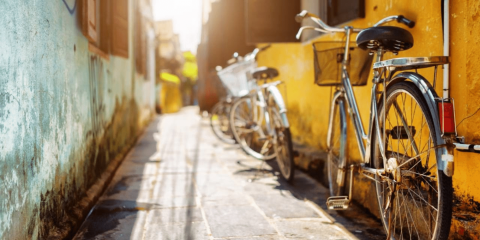
Bike tours are the most satisfying way to experience the world sustainably
Around The World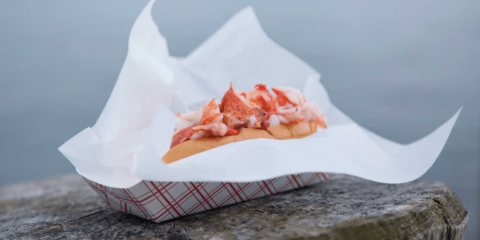
Food-Focused Bicycle Trips to Take For Your Summer Holidays
Around The World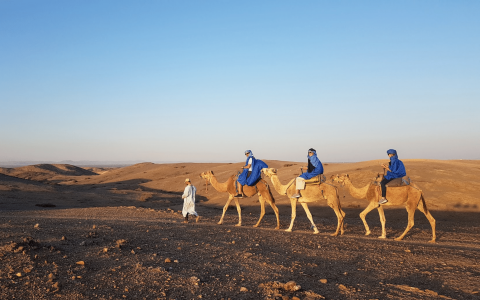
Why Private Adventure Trips Are Booming
Around The World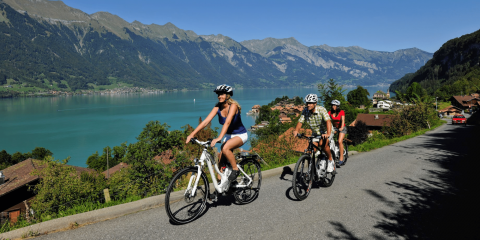
Ask An Expert: Your E-Bike Questions, Answered
Around The World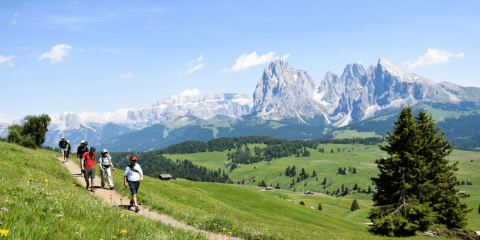
Hike and Bike Your Way around the World with Butterfield & Robinson
Around The World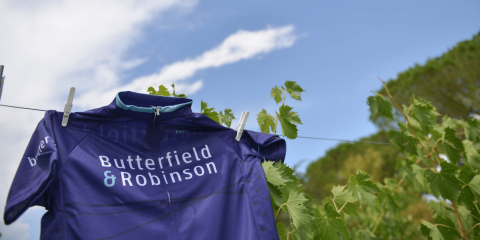
Butterfield & Robinson Aligns With Other Sector Leaders To Sign The Glasgow Declaration On Climate Action In Tourism
Around The World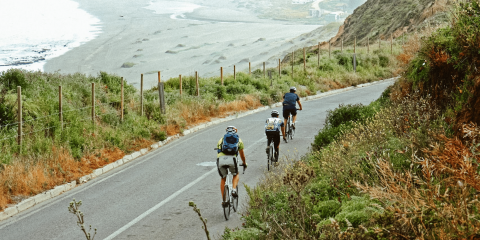
The Best Cycling Shorts for a Seamless Bike Ride
Around The World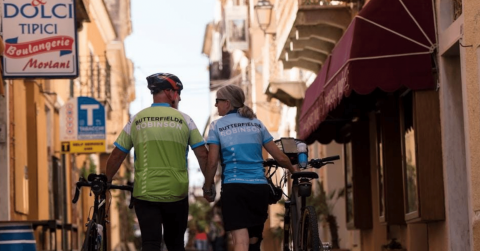
Forbes Names B&R One of the Best Companies for Post-Pandemic Biking Vacations
Around The World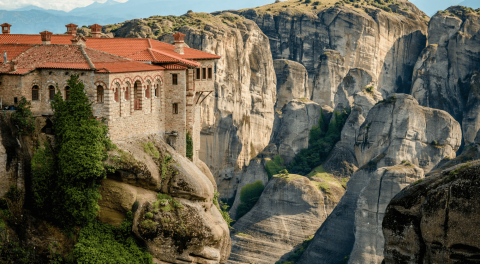
Condé Nast Top Travel Specialists 2021
Around The World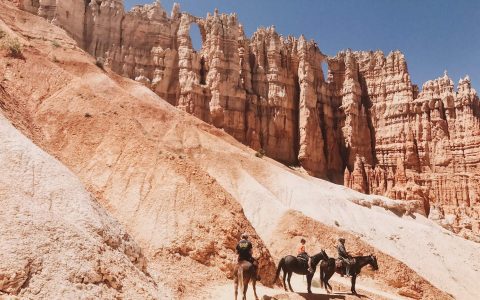
How to Plan for Travel in 2021 and Beyond
Around The World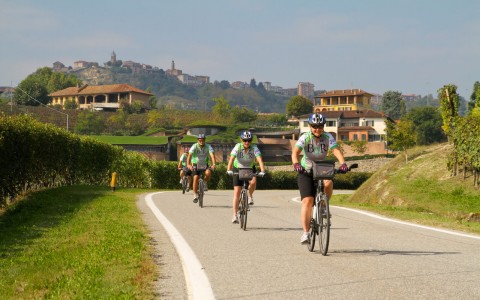
Ask an Expert: How to Choose the Right Bike for You
Around The World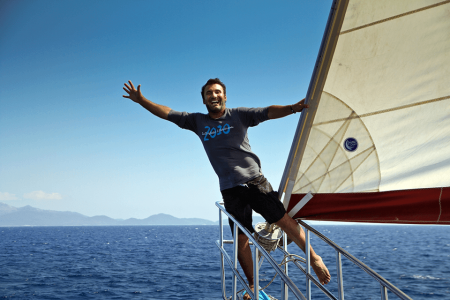
Finding Creativity on the Road: In Conversation with B&R Guide, Sakis Mitsoulis
Around The World
A Message About Travel from Our Co-Founder, George Butterfield
Around The World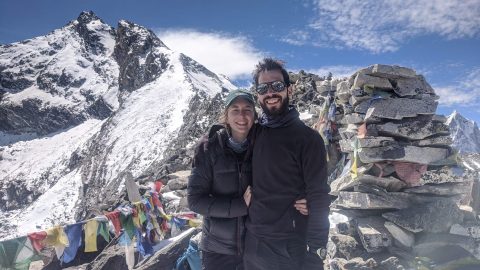
Notes from the Road: The 5,000-Mile Journey Home During a Crisis
Around The World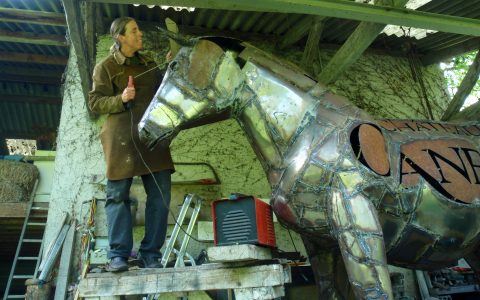
B&R Guides: The Artists Behind our 2021 Tote Collection
Around The World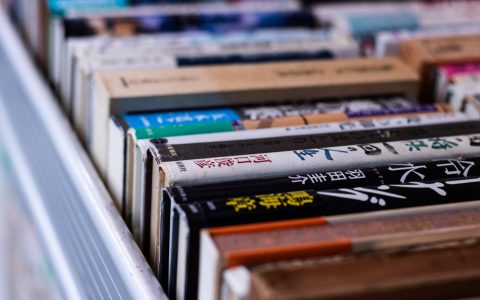
The Best Books for Armchair Travel
Around The World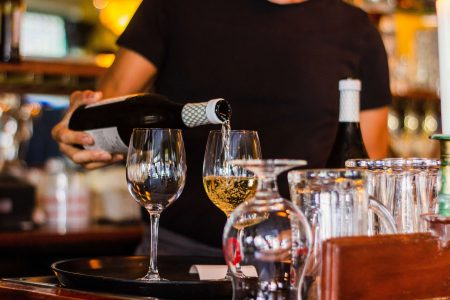
What We’re Drinking: Natural Wines of the World
Around The World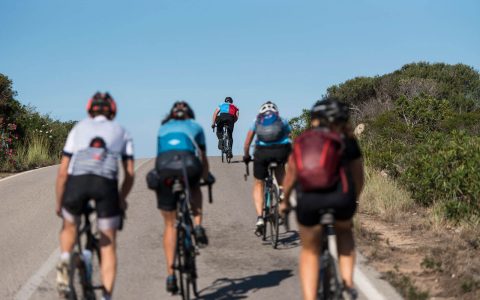
Crafting our E-Bike Fleet: A Partnership with French-Based Moustache E-Bikes
Around The World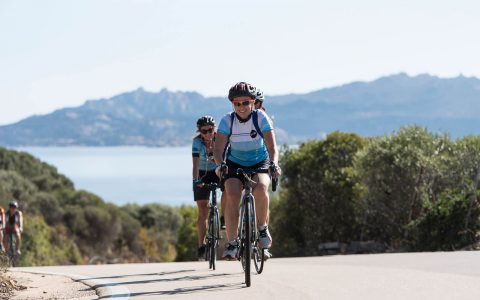
Changing Course: The E-bike’s Ascent Toward the Mainstream
Around The World